North America is home to a captivating array of wildlife, including some of the continent’s most fascinating and potentially dangerous snakes. These serpents play a crucial role in maintaining the ecological balance, despite their fearsome reputation. Our journey will explore the intriguing world of these often misunderstood creatures. Join us in discovering the 26 most dangerous snakes found in North America.
26. Eastern Diamondback Rattlesnake

The Eastern Diamondback Rattlesnake holds the title of the largest rattlesnake in North America. This venomous snake is identified by its distinctive diamond-shaped patterns along its back. Found primarily in the southeastern United States, it thrives in forests, swamps, and coastal areas. This rattlesnake is potentially dangerous to humans, but it generally avoids confrontation if given the opportunity.
25. Western Diamondback Rattlesnake

Spanning a range across the southwestern United States and into Mexico, the Western Diamondback Rattlesnake is known for its assertive behavior when threatened. The snake’s rattle serves as a warning to predators and humans alike. Its potent venom requires caution, making it one of North America’s most notable viper species.
24. Cottonmouth (Water Moccasin)
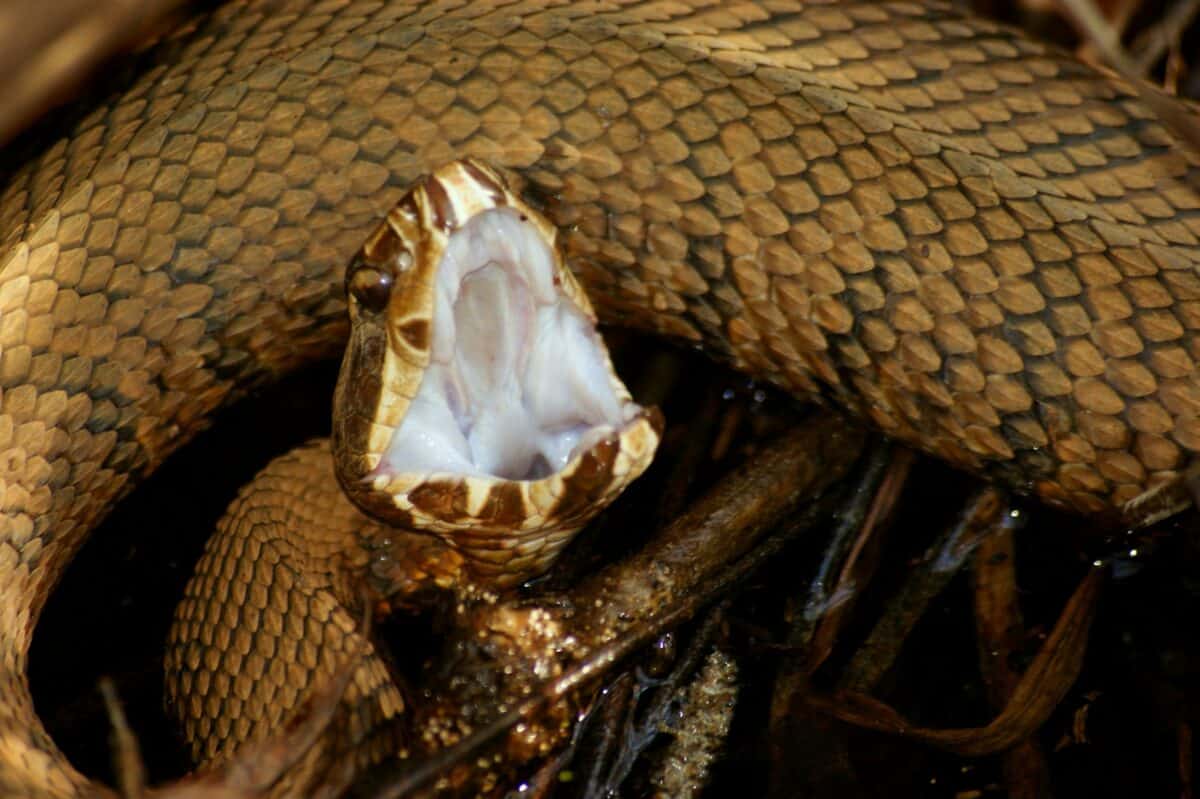
Also known as the Water Moccasin, the Cottonmouth is a semi-aquatic pit viper found in the southeastern U.S. This snake is unique for its ability to swim, often found in swamps, marshes, and slow-moving streams. Its name comes from the white interior of its mouth, which it displays when threatened.
23. Mojave Rattlesnake
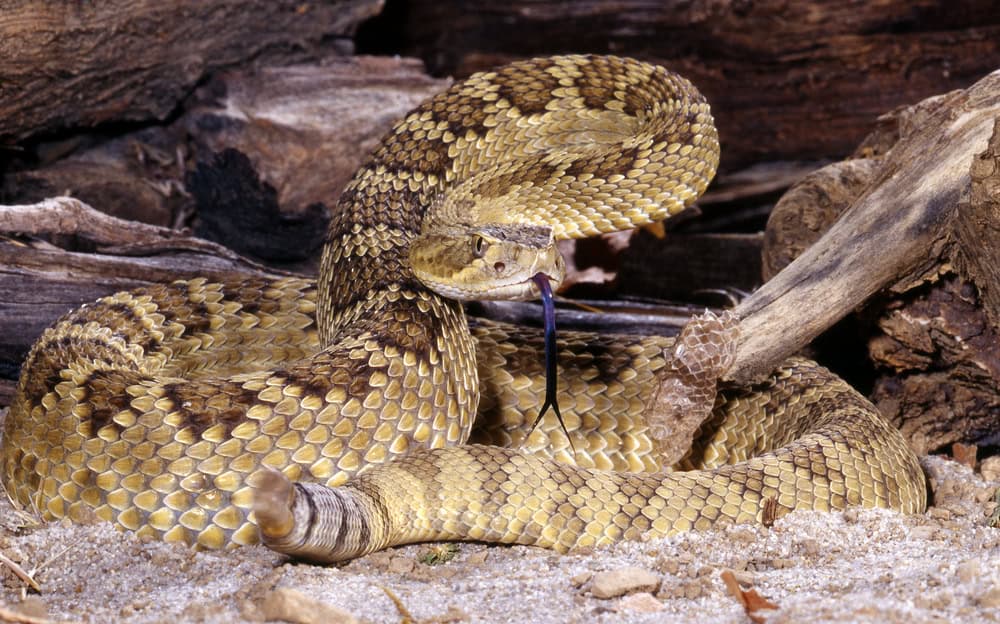
The Mojave Rattlesnake, often feared for its potent venom, inhabits the deserts of the southwestern U.S. Despite its small size compared to other rattlers, it possesses a powerful neurotoxic venom that affects the nervous system. Encounters with humans are usually avoided, as this snake prefers solitude in its arid home.
22. Timber Rattlesnake

Found in the eastern United States, the Timber Rattlesnake is a large pit viper known for its hardy nature and camouflaged banding patterns. This species prefers rocky outcrops and deciduous forests. While the Timber Rattlesnake is venomous, bites are rare as they tend to stay hidden from human activities.
21. Copperhead
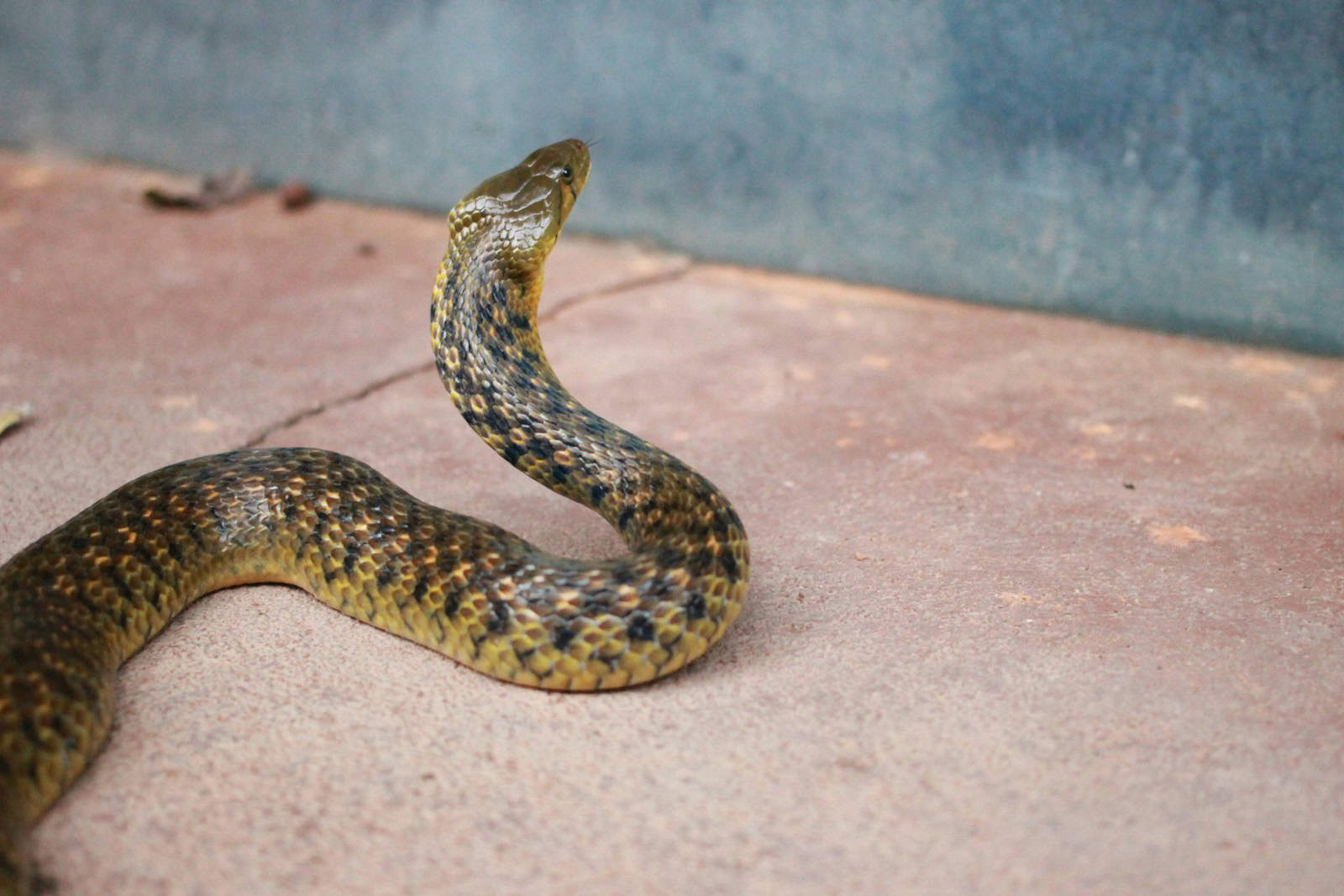
Copperheads are widespread across the eastern and central United States, recognized by their reddish-brown, hourglass-shaped crossbands. While they are venomous, their bites are rarely fatal to humans. They are ambush predators, which means they are usually well-camouflaged among leaves and forest floor debris.
20. Coral Snake
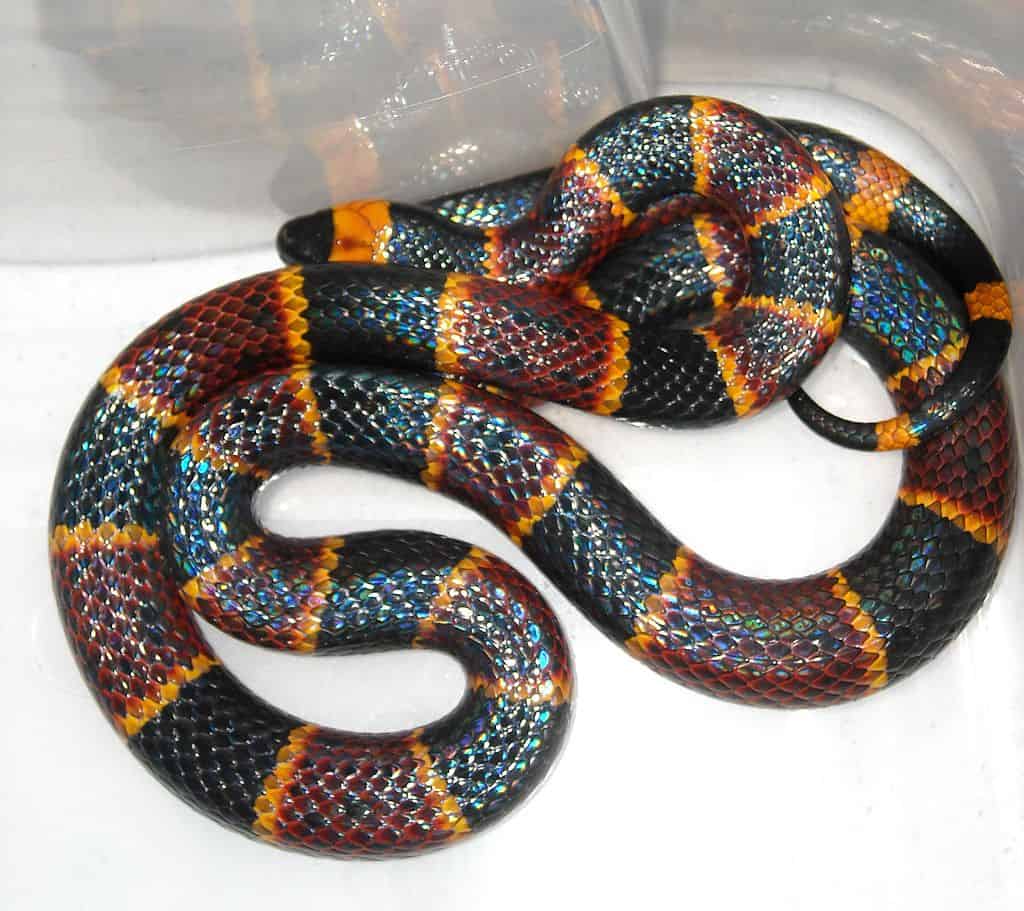
Famous for their striking color patterns, Coral Snakes are found in the southeastern U.S. Their venom is potent, yet they are reclusive, delivering a bite only as a last resort. They are often confused with non-venomous species that mimic their coloring, which complicates positive identification for the untrained eye.
19. Blacktail Rattlesnake
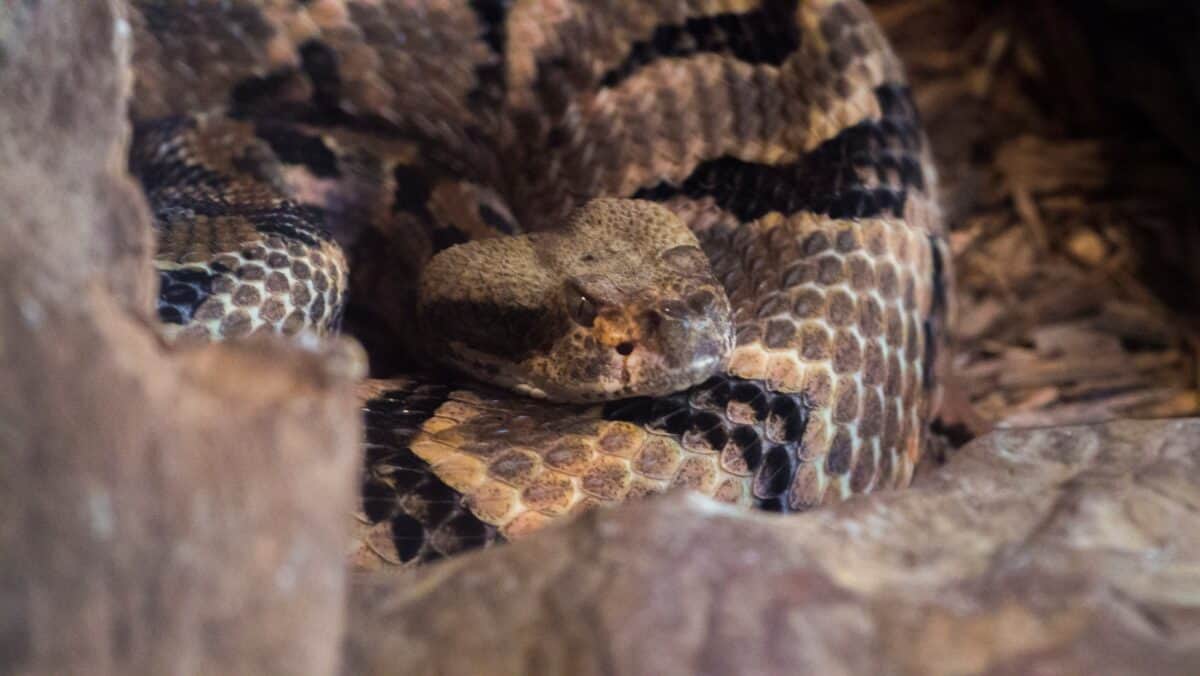
Inhabiting the rocky slopes of the southwestern U.S. and northern Mexico, the Blacktail Rattlesnake can be identified by its contrasting black tail. Although venomous, they are less aggressive and tend to rely on their keen sense of camouflage and retreat over confrontation.
18. Sidewinder
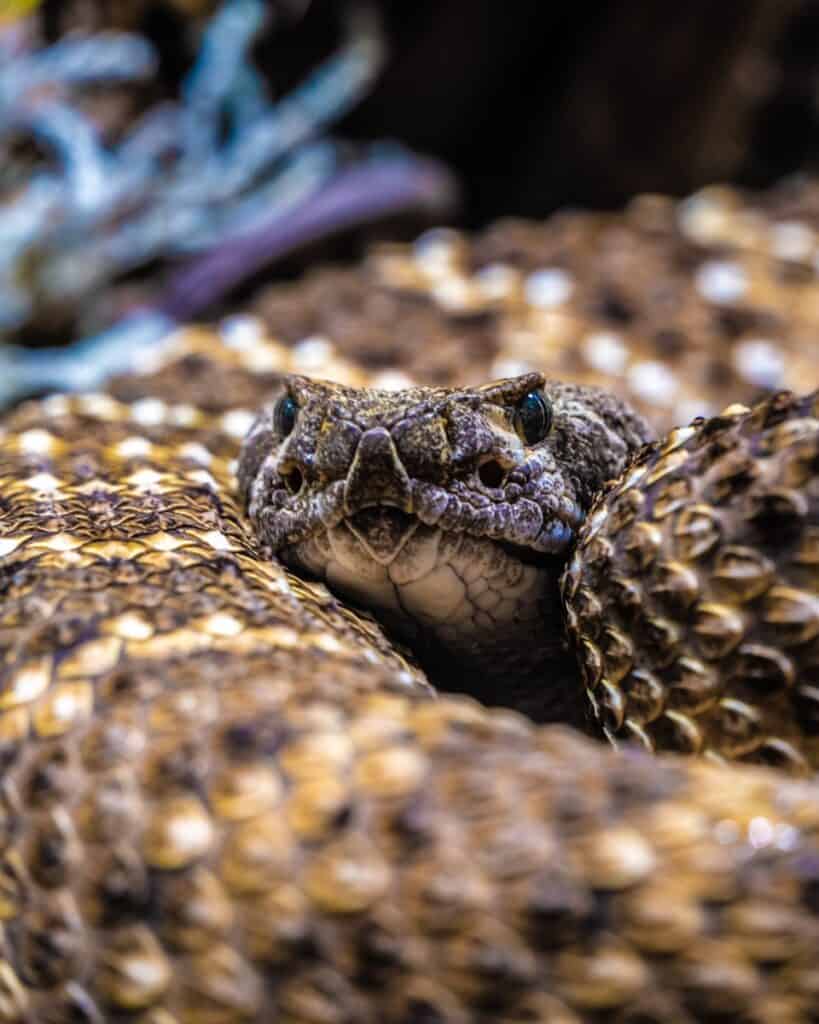
Known for its unique sideways slithering, the Sidewinder is well-adapted to desert climates in the southwestern U.S. This snake’s venom is potent, though its effects on humans are typically non-lethal. Its movement across the sand leaves distinctive tracks, marking its presence in the arid landscape.
17. Prairie Rattlesnake

Found across the Great Plains and into the Rockies, the Prairie Rattlesnake is known for its ability to adapt to diverse habitats, from grasslands to forests. This species’ venom is hemotoxic, affecting blood and tissue. Due to its wide range, it often encounters humans, though it rarely seeks conflict.
16. Eastern Massasauga
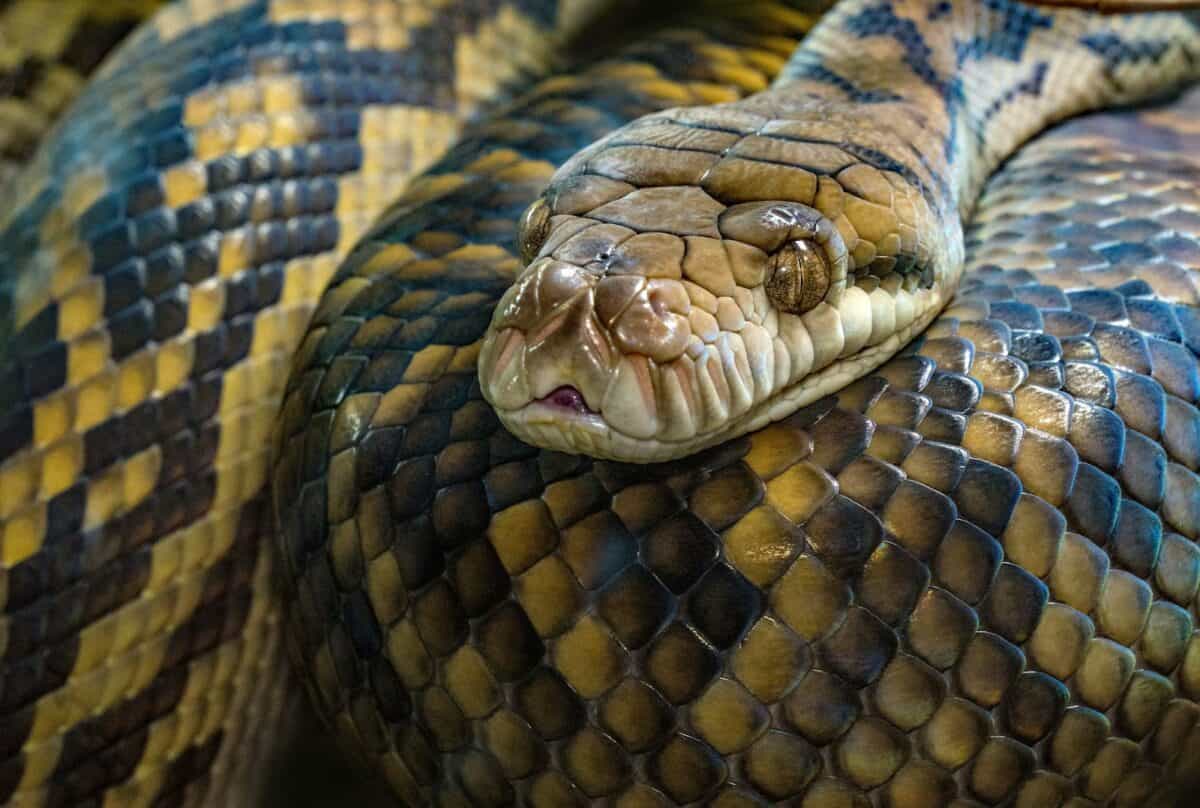
The Eastern Massasauga is a smaller species of rattlesnake found in the Midwest and Great Lakes regions. This snake is shy, preferring wetlands and marshy areas. Its bite can be harmful, but it often rattles in warning before attacking, which gives people and predators alike the chance to retreat.
15. Western Coral Snake
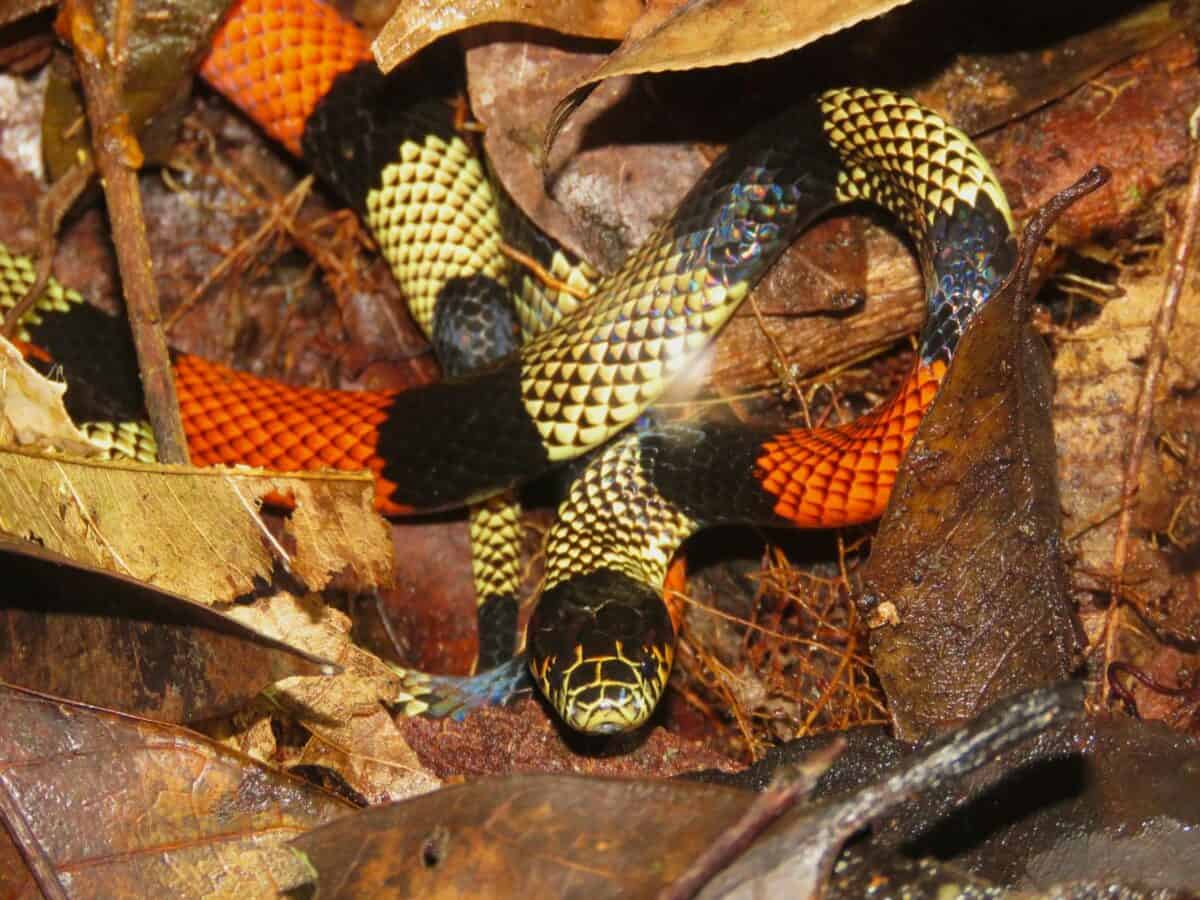
The Western Coral Snake, residing in the arid regions of the southwestern U.S., is elusive and rarely sighted. While its venom is dangerous, bites are exceedingly rare due to its reclusive nature. The colorful banding pattern remains its most notable feature, serving as a warning to potential threats.
14. Desert Horned Viper

The Desert Horned Viper, characterized by its horn-like scales above its eyes, is native to the deserts of northern Mexico and the southwestern U.S. Its camouflaging ability allows it to blend seamlessly with sandy terrains. Although venomous, it prefers to avoid encounters with larger animals, including humans.
13. Red Diamond Rattlesnake

Occupying the coastal and inland regions of Southern California and Baja California, the Red Diamond Rattlesnake is admired for its reddish-brown coloration. This snake’s venom, though significant, poses little threat when compared to its aggressive relatives. It usually remains passive unless cornered.
12. Pygmy Rattlesnake

Small yet powerful, the Pygmy Rattlesnake is found across the southeastern U.S. in a variety of habitats, including forests and grasslands. Its miniature rattle often goes unheard, posing a hidden danger to those who venture too close. Despite their size, they deliver a venomous bite that can be painful.
11. Mexican Lancehead

Found mainly in Mexico, with rare occurrences in southern Arizona, the Mexican Lancehead or Cantil Viper boasts a powerful bite. It inhabits lowland forests and arid regions. Its cryptic coloration provides excellent camouflage, helping it to ambush prey and avoid detection by predators.
10. Canebrake Rattlesnake

Also referred to as the Southern Timber Rattlesnake, the Canebrake Rattlesnake is known for its beautiful color variants, ranging from gray to pinkish. It is prevalent in the eastern U.S., particularly in wooded lowlands. Despite its sizable venom glands, it is generally non-aggressive unless provoked.
9. Northern Pacific Rattlesnake
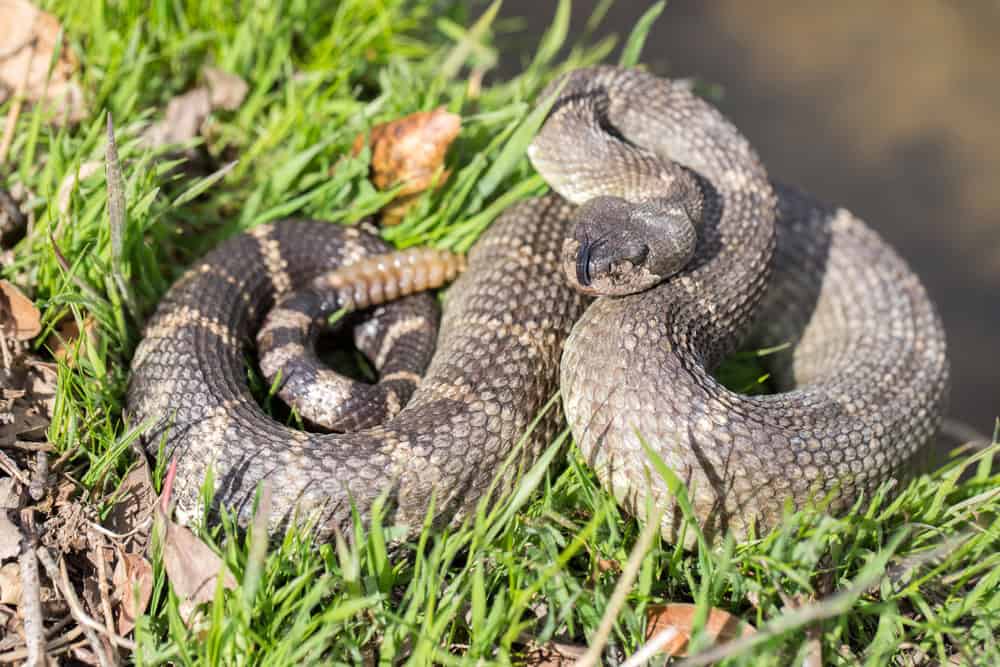
The Northern Pacific Rattlesnake is found along the Pacific coast, from British Columbia to California. This species is adaptable, residing in grasslands, woodlands, and deserts. Although venomous, it usually prefers to flee or hide when a threat is near, relying on its mottled coloration to stay concealed.
8. Dusky Pigmy Rattlesnake

This diminutive yet venomous rattlesnake inhabits the southeastern U.S., from the coastal plains to inland forests. The Dusky Pigmy Rattlesnake is known for its secretive behavior and varied diet, which allows it to adapt to different environments. Its bite can be painful, though rarely life-threatening.
7. Texas Coral Snake
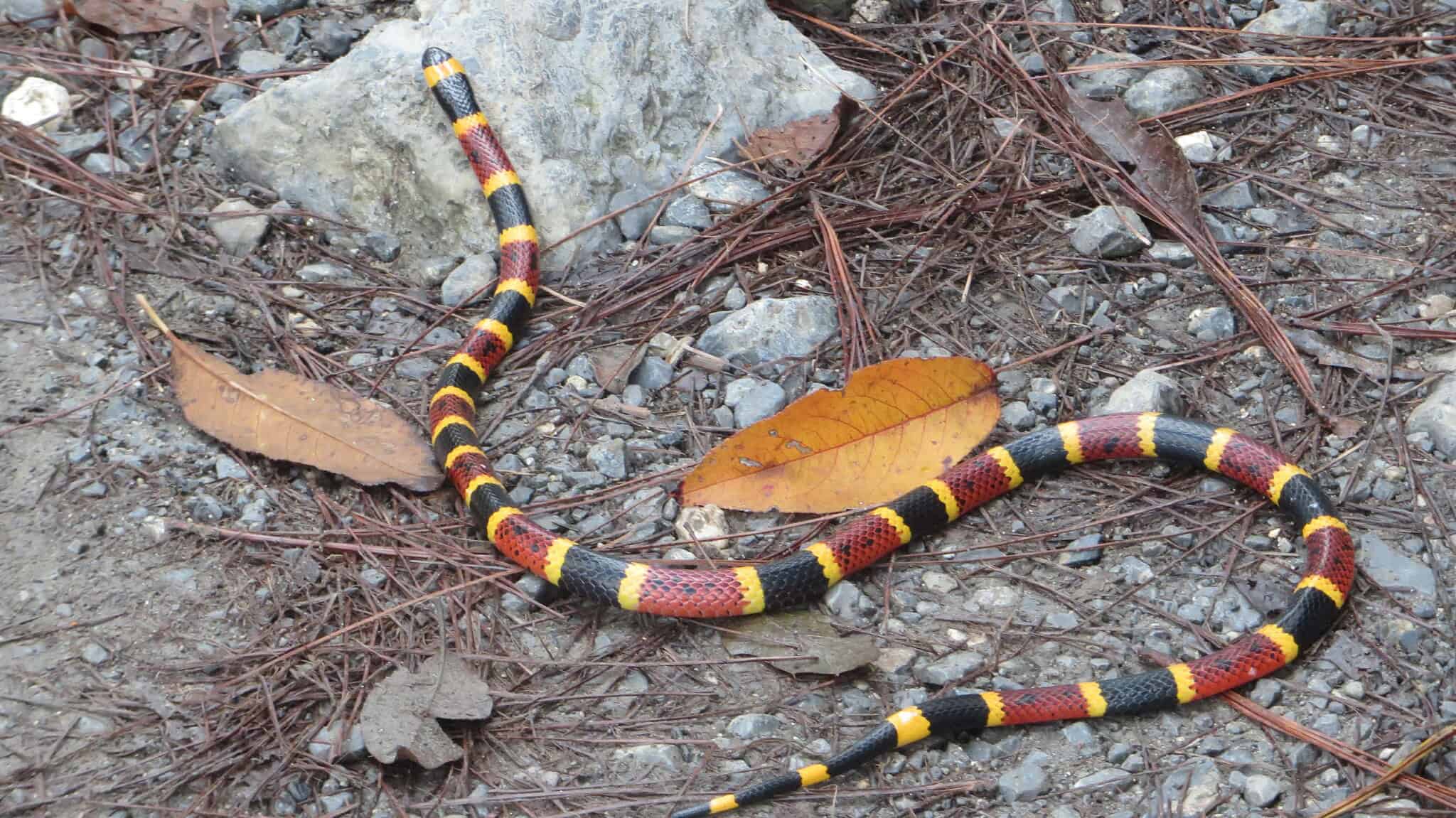
The Texas Coral Snake, a brightly colored member of the elapid family, slithers through woodlands and coastal plains from Louisiana to Texas. Its vivid bands of red, yellow, and black warn predators of its potent neurotoxic venom. Human bites are rare, largely due to its non-aggressive temperament.
6. Massasauga Rattlesnake
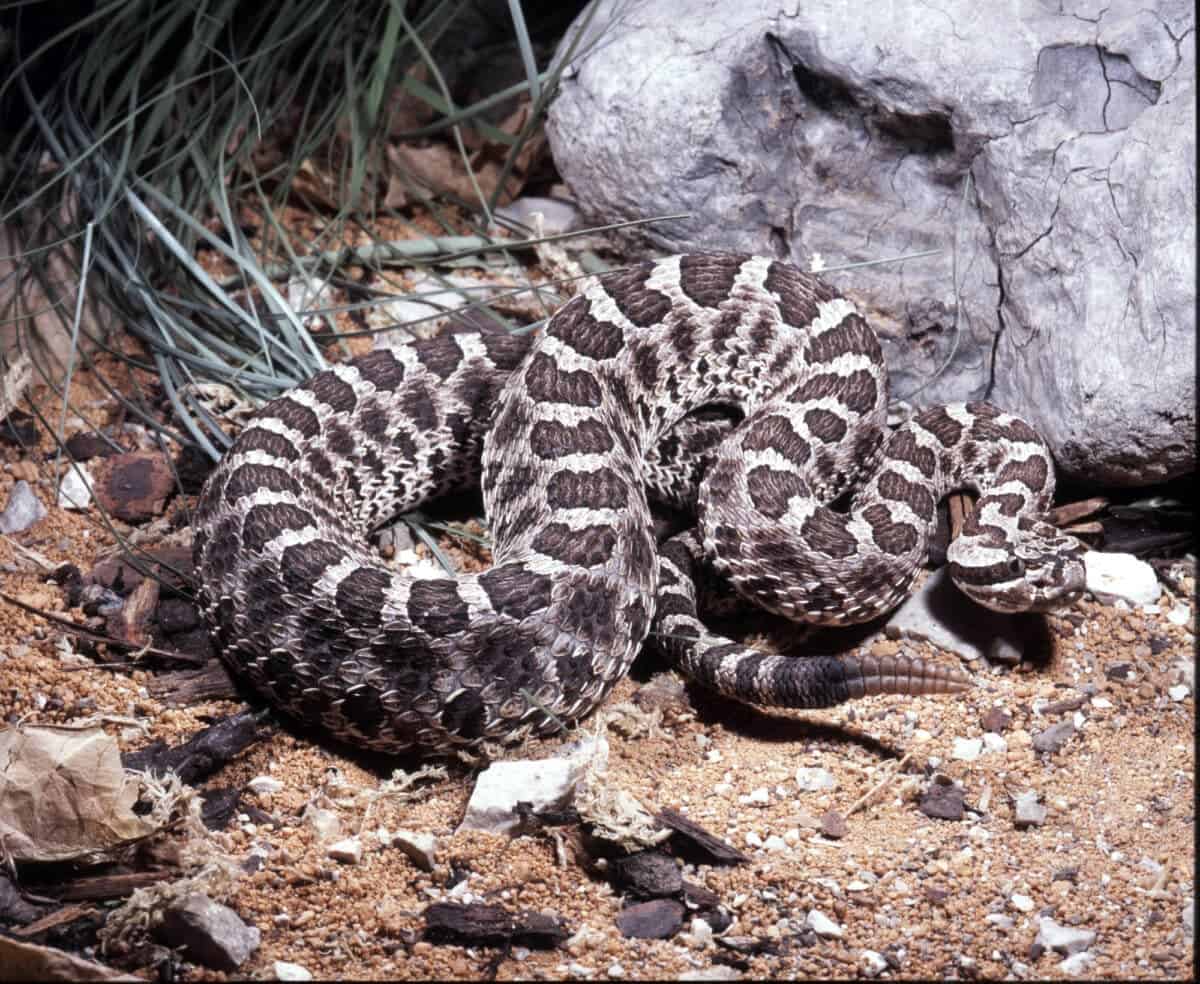
The Massasauga Rattlesnake is a potent pit viper found across the Midwest and into parts of Ontario, Canada. Known for its stealth and shyness, it inhabits swamps and river floodplains. Though small, its venom packs a significant punch, requiring medical attention for bites.
5. Speckled Rattlesnake

Native to the deserts and rocky habitats of the southwestern U.S., the Speckled Rattlesnake showcases a unique pattern that perfectly matches its environment. These rattle-bearing snakes are often encountered by hikers and adventure seekers, though they typically pose little threat when undisturbed.
4. Southern Pacific Rattlesnake

The Southern Pacific Rattlesnake occupies coastal and hillside areas of California. This adaptable snake is known for its variable coloration, from olive to black, depending on its habitat. While its venom is formidable, encounters with humans usually end peaceably if given distance.
3. Great Basin Rattlesnake
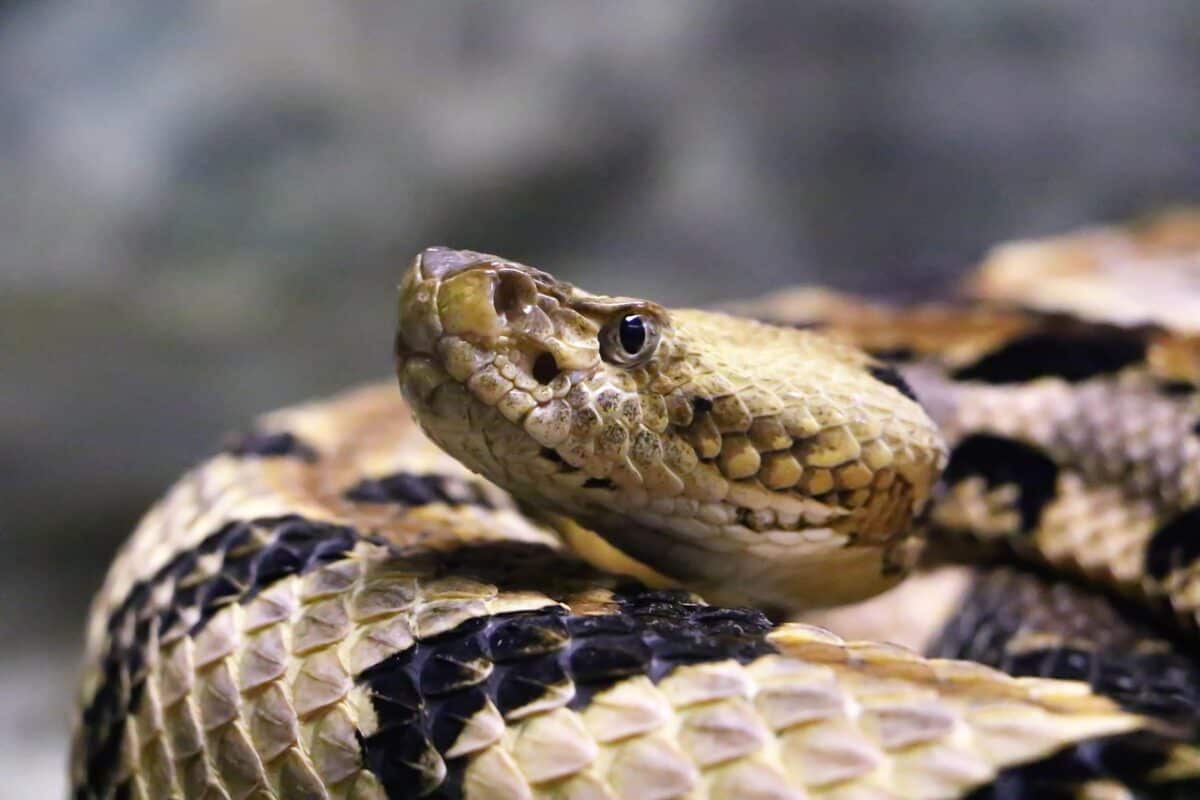
Inhabiting the deserts and semi-arid regions of the Great Basin, this rattlesnake is characterized by its earthy hues. The Great Basin Rattlesnake is a skilled climber and swimmer, showcasing its adaptability. Despite its venomous nature, it tends to avoid confrontation unless threatened.
2. Arizona Black Rattlesnake

The Arizona Black Rattlesnake, known for its contrasting dark-scaled body, resides in the mountainous south-west. Favoring the cooler, wooded areas, this elusive snake is less frequently seen and poses less risk due to its preferred retreating behavior when in contact with humans.
1. Northern Cottonmouth
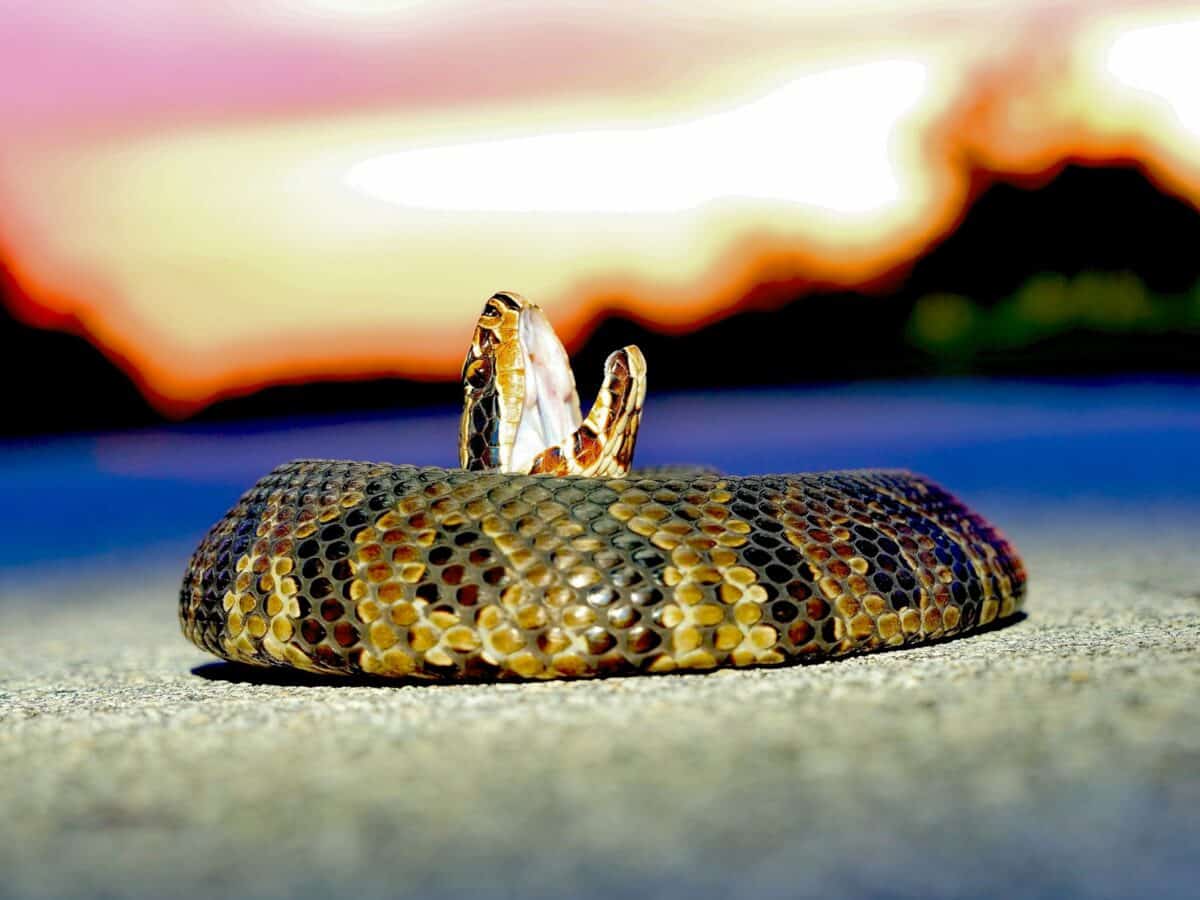
The Northern Cottonmouth, a sub-species of the Water Moccasin, often lies near water bodies in the southeastern U.S. Recognized by the cotton-like whiteness of its mouth, it shows aggressive displays when it feels threatened. Although its bite is venomous, it usually seeks to scare away rather than attack.
In conclusion, while North America’s snake species vary widely in their danger levels, each plays a critical role in our ecosystems. Understanding these snakes helps us appreciate their place in nature and fosters respect for their role rather than fear. As we continue to explore their habitats responsibly, we gain a deeper appreciation for these enigmatic creatures.
- 21 Animals That Call Acadia National Park Home - August 9, 2025
- Conservationists Race to Save England’s Last Turtle Doves - August 9, 2025
- Seal Numbers Are Plummeting in Antarctica And Sea Ice May Be to Blame - August 8, 2025

